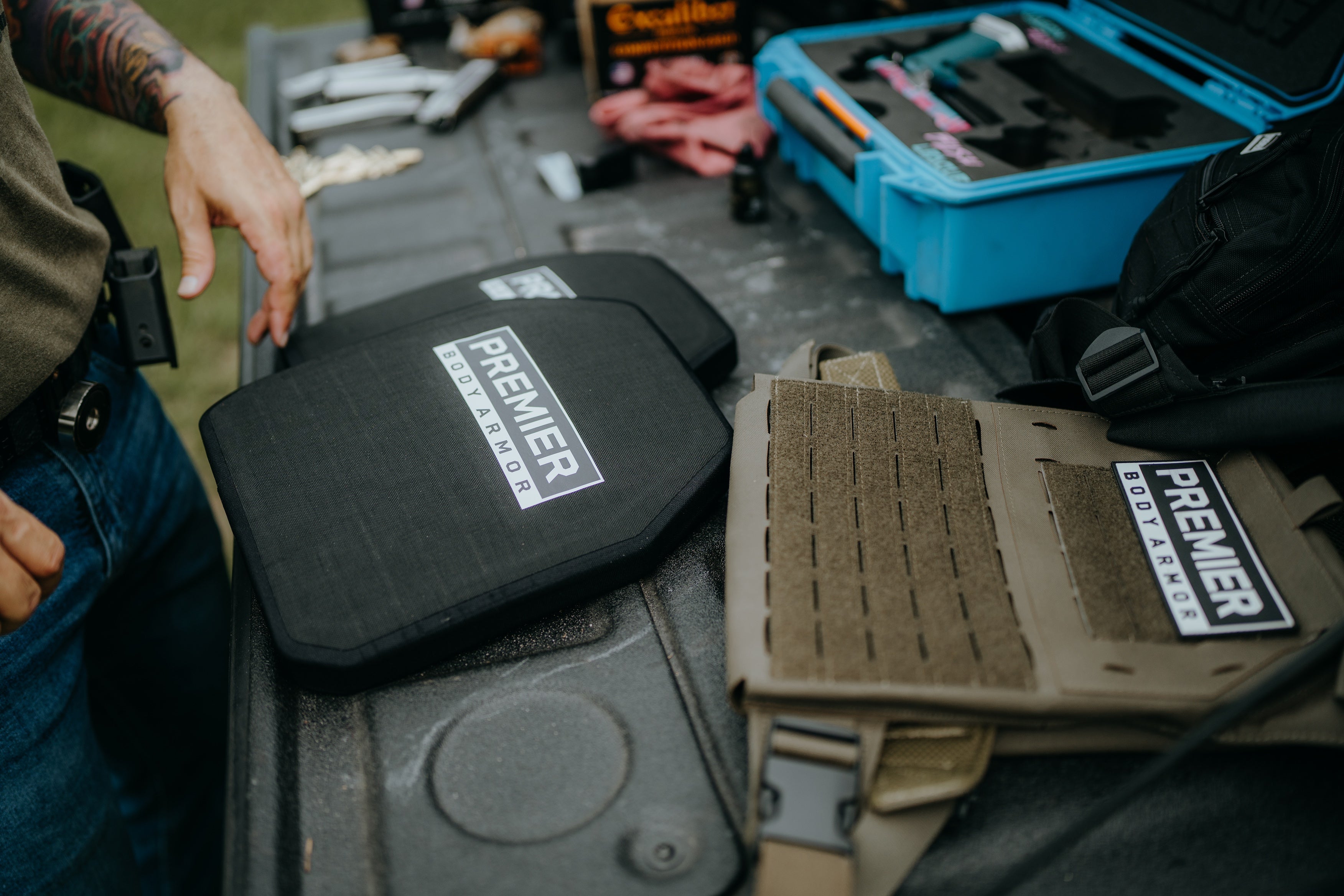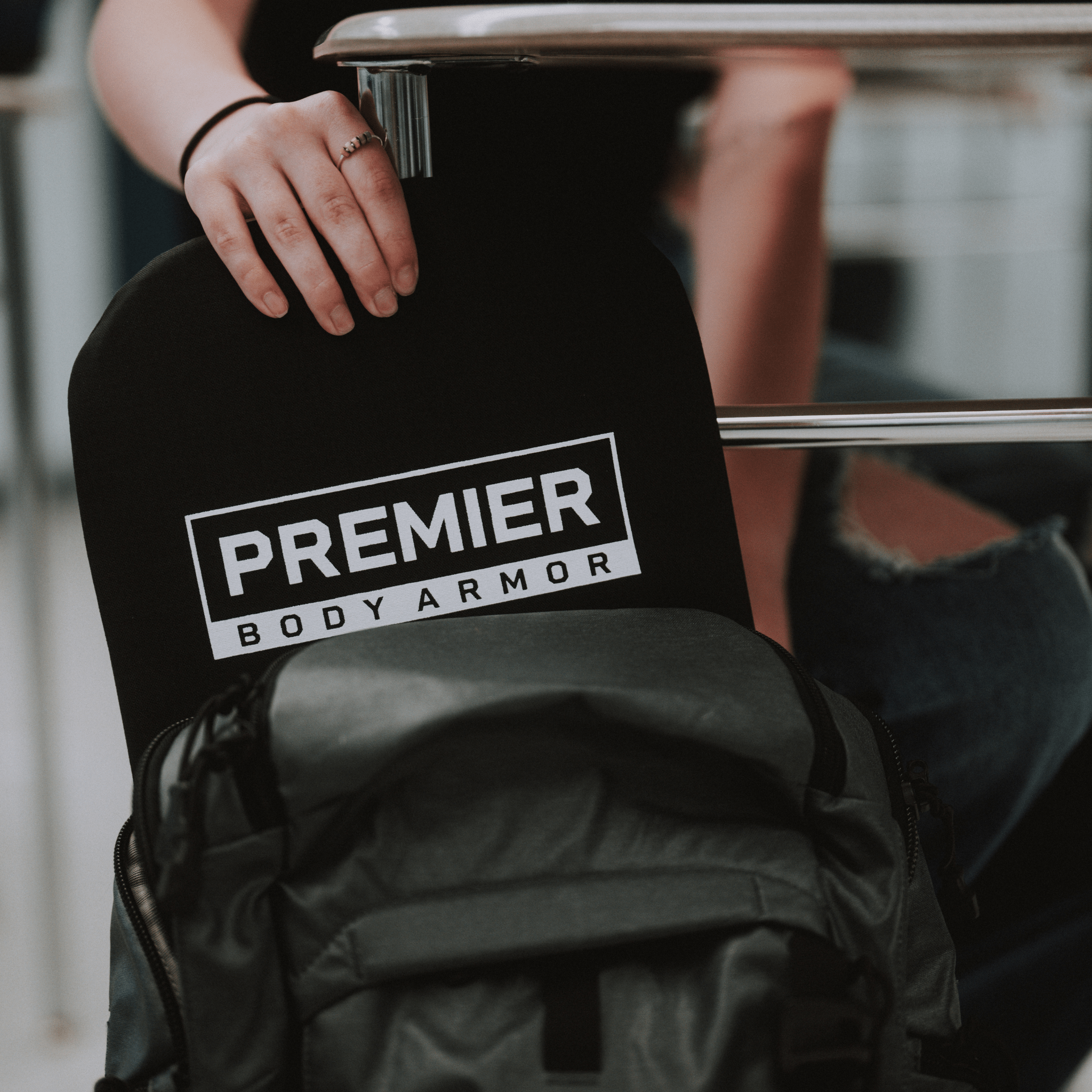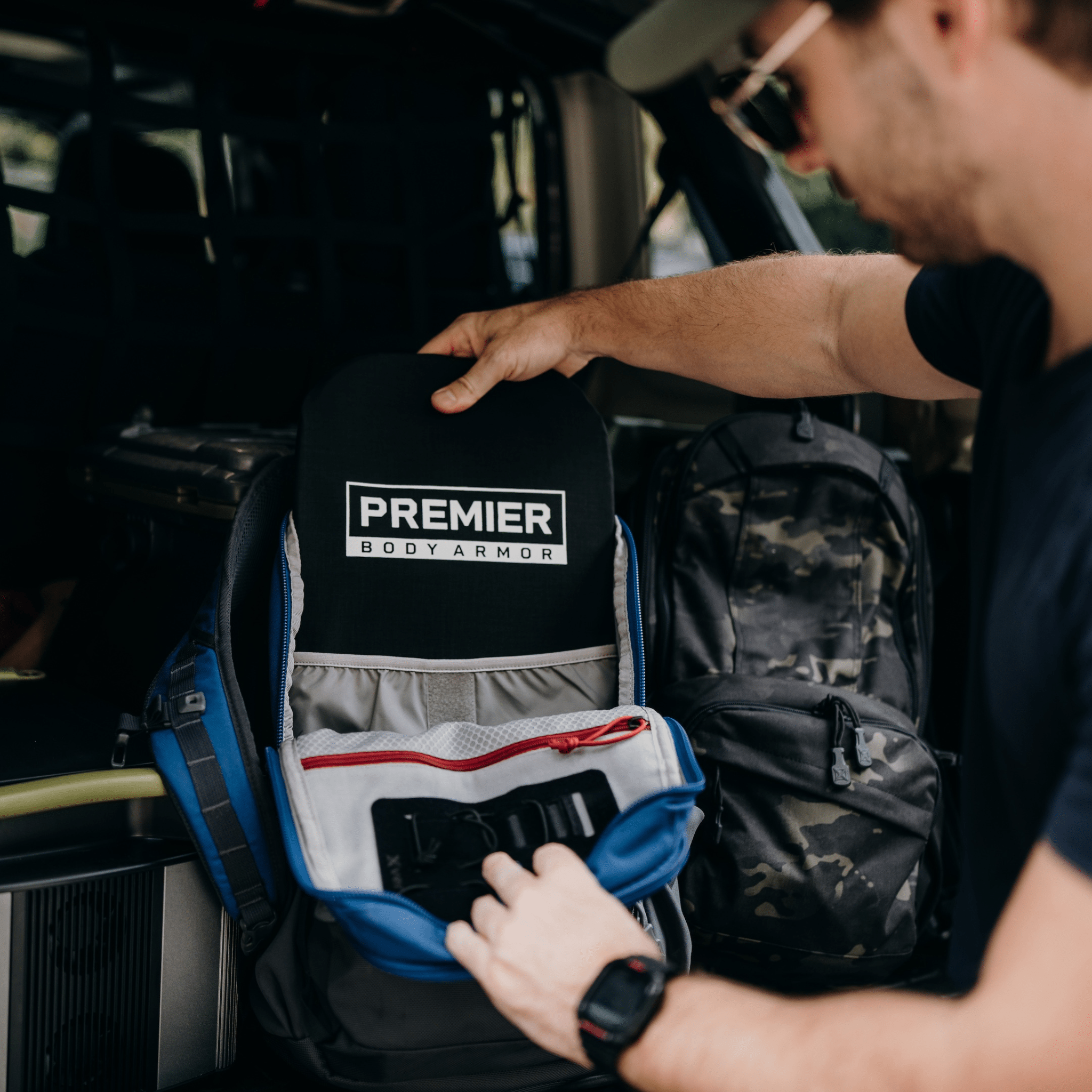How to Be Situationally Aware
In this article, discover essential tips for enhancing your situational awareness, understanding its levels, and improving your ability to perceive and respond to potential threats. Plus, learn how to stay alert, focused, and safe in various environments by being more situationally aware.

What does situational awareness mean?
Situational awareness is most accurately defined as the ability to perceive and understand the environment around you, including the people, objects, and occurring events. Some situational awareness examples include being mindful of your surroundings, anticipating potential risks, and taking appropriate actions to stay safe. It is a crucial skill that can benefit anyone, regardless of their profession or daily activities.
"The three second rule works walking out of places as well as in… take a few seconds to observe the room/area. The people, where they are located, potential threats, as well as any other entrances and exits. Restaurants specifically. Their back doors are usually open year around during business hours due to heat, employees taking breaks, etc." - Morris, law enforcement officer
Whether walking alone at night, driving in traffic, or participating in a high-stress job, having situational awareness can help you make quick decisions and avoid danger. By being aware of your surroundings, you can better prepare yourself to respond effectively.

Throughout this blog post, we will discuss how you can develop this important skill. We will also explore situational awareness safety tips to help you stay safe in various scenarios.
Why is situational awareness important?
Before diving into the tips, it's important to understand why situational awareness is crucial. In short, being situationally aware can help you:
- Avoid accidents
- Respond quickly to emergencies
- Identify potential threats
- Make informed decisions
- Reduce the likelihood of accidents and incidents in daily life
"People will take the most obvious exit during a tragic event, causing a bottle neck effect. When it is safe, it may be wise to choose a different route." - Morris, law enforcement officer
6 tips on how to become situationally aware
Let’s explore six tips to improve your situational awareness:
Tip #1: Use all your senses
Using all your senses is a critical aspect of developing situational awareness. While sight and hearing are the most commonly used senses, smell, touch, and taste can also provide important information about your surroundings. For example, if you smell smoke, you may be able to detect a potential fire before you can see or hear it. Additionally, if you're walking in a busy area and someone bumps into you, you can use your sense of touch to determine if they're intentionally trying to pickpocket you.
Tip #2: Pay attention to body language
Body language can provide valuable insights into a person's intentions and emotions. You can better understand the situation and anticipate potential risks by paying attention to nonverbal cues such as facial expressions, posture, and gestures. For example, suppose someone walks towards you with their head down, shoulders hunched, and fists clenched. In that case, they may exhibit aggressive behavior and a potential threat.
Tip #3: Trust your instincts
Trusting your instincts is another important aspect of situational awareness. If something feels off or out of place, it's essential to trust your gut and take appropriate action. Our subconscious mind is excellent at picking up on subtle cues that our conscious mind may miss, and trusting your instincts can help you avoid potentially dangerous situations. So, to ensure your gut is leading you in the right direction, you should, at the minimum, pause for a few seconds and observe your environment with full attention.
Tip #4: Using your peripheral vision
Using your peripheral vision is a valuable technique for improving situational awareness. Peripheral vision is the ability to see objects and movements outside the direct line of sight. Our eyes have a limited field of view, but by using our peripheral vision, we can expand our awareness of our surroundings.
This technique can be particularly useful in crowded or busy environments with many potential risks or hazards. Practicing peripheral vision exercises can help improve this skill over time, allowing you to better protect yourself and others.
Tip #5: Continuously assess the situation
Situations are constantly changing, and it's essential to assess the situation and adjust your actions. For example, if you're walking down the street and notice a group of people acting aggressively, cross the street, or take a different route. If you're in a crowded area and suddenly feel uncomfortable, moving to a less crowded area may be best. By continuously assessing the situation, you can avoid potential risks and keep yourself safe.
Tip #6: Train your situational awareness
Finally, like any other skill, situational awareness can be trained and improved. Taking a self-defense or first aid course can provide valuable situational awareness training and will help you develop the skills necessary to keep yourself and others safe. Additionally, practicing mindfulness and regularly challenging yourself to assess your surroundings can help you develop this skill and make it a natural part of your daily routine.
The 4 Levels of Situational Awareness
Situational awareness has been a critical factor in military strategy for centuries. However, it was in the 1960s that the concept was formalized into a model by Colonel Jeff Cooper. Cooper was a renowned firearms instructor and founder of the Gunsite Training Center, where he taught situational awareness as an essential skill for self-defense.
Cooper's model, also known as the "Cooper Color Code," outlines four levels of situational awareness. The model has since been adopted and adapted by law enforcement agencies, private security firms, and individuals seeking to improve their safety.

The four levels of situational awareness, as outlined by Cooper, are white, yellow, orange, and red. These levels represent a continuum of awareness levels that ranges from being completely unaware of one's surroundings to being acutely aware and prepared to take action. The model has been praised for its simplicity and effectiveness in training people to be more situationally aware in various contexts, from everyday life to high-stress situations.
White / Tuned Out:
The first level of situational awareness is the white/tuned-out level. At this level, a person is completely unaware of their surroundings and is generally unprepared for any potential threats. Here, they are often distracted and may not even realize they are putting themselves in danger. For example, a person walking down the street while texting on their phone is in a white/tuned-out state.

Yellow / Relaxed Awareness:
The second level of situational awareness is the yellow/relaxed awareness level. At this level, a person is aware of their surroundings and is actively scanning for potential threats. They are relaxed but focused and can quickly respond to any changes in their environment. To give you an idea: A person who is pumping gas at a gas station and is frequently looking at the people around them is in a yellow/relaxed awareness state.
Orange / Focused Awareness:
The third level of situational awareness is the orange/focused awareness level. Here, a person has identified a potential threat and is focused on monitoring that specific threat, with a high level of observance. They are prepared to take action if necessary and are in a heightened state of alertness. Someone who notices a suspicious person approaching them in a mall, for example, and is monitoring that person's movements is in an orange/focused awareness state.
Red / High Alert:
The fourth and final level of situational awareness is the red/high alert level. At this level, a person is actively responding to a threat and is taking action to protect themselves or others. A rapid response to an imminent threat characterizes this level. For example, a person who is being physically attacked and is fighting back, or in an active shooter situation, is in a red/high alert state.
Black / Comatose:
The black/comatose level is not an official level of situational awareness. It refers to a complete shutdown where a person cannot respond to their environment. This state can occur due to a lack of situational awareness or overwhelming stress or trauma. If at all possible, you should avoid this level of awareness as it can lead to potentially dangerous situations.
How to Improve Situational Awareness
Developing situational awareness habits can help you develop this skill as a natural part of your daily routine. For example, when entering a new environment, take a few moments to scan your surroundings and mentally note potential exits, hiding spots, and any other potential risks. When walking down the street, periodically look over your shoulder to assess your surroundings and ensure that you're not being followed.

The most effective way to improve situational awareness is to practice regularly. Make a conscious effort to remain alert and observant in your daily life. Over time, situational awareness will become a natural part of your routine and will eventually become a reflexive response helping you stay safe in any situation.
"A corner trick: walk further away from a corner as approach or turn. This gives you more distance from the blind area, which equals more time to react if there is a threat." - Morris, law enforcement officer
How Does Body Armor Fit In?
Body armor is an important piece of equipment that can enhance situational awareness in various situations. As mentioned above, the situational awareness definition includes being aware of one's surroundings and potential threats and taking appropriate action to mitigate those threats. Body armor can provide additional protection against physical harm. This allows individuals to focus more on their environment and less on their personal safety.
One way body armor can enhance situational awareness is by providing peace of mind. Knowing that you are wearing armor that can stop or reduce the impact of a bullet or other types of projectiles can help reduce fear and anxiety, allowing you to focus better on your surroundings.
Body armor can also improve situational awareness by allowing individuals to stay in dangerous situations longer. For example, law enforcement officers or military personnel can stay in a firefight longer while wearing body armor. This gives them the ability to gather more information and make better-informed decisions. The added protection also allows them to move more freely and take calculated risks that they may not have taken without armor.
Overall, body armor is an essential piece of equipment that can help enhance situational awareness in various situations. By providing additional protection and reducing fear and anxiety, body armor can help individuals stay focused on their environment and make better-informed decisions.
National Situational Awareness Day
National Situational Awareness Day is observed annually on September 26th to promote the importance of being aware of potential risks and threats in our surroundings. It is meant to encourage individuals, organizations, and communities to develop and practice situational awareness for personal safety and security.











Leave a comment